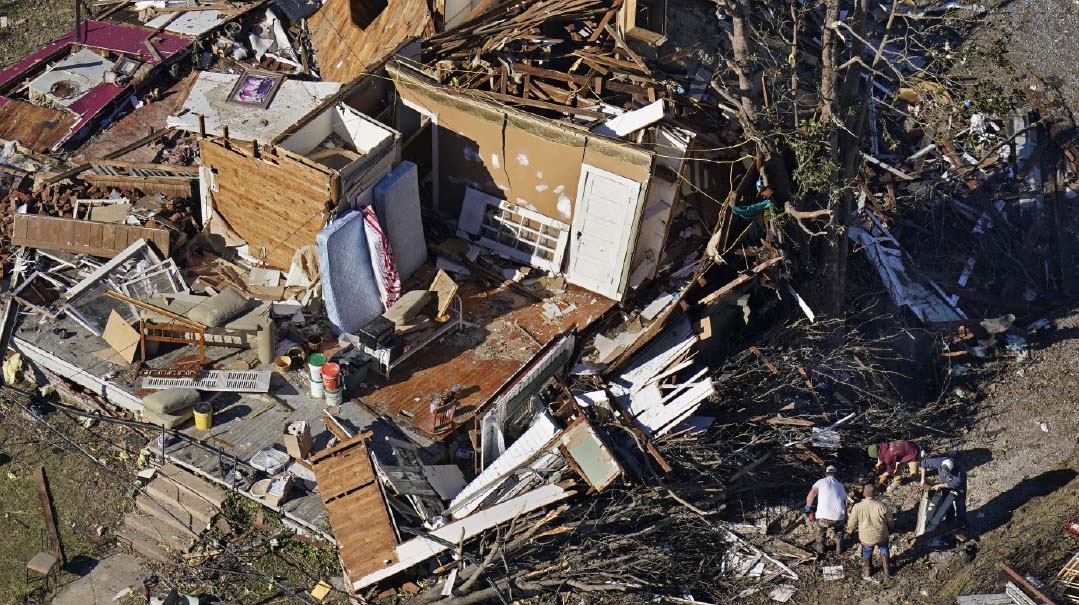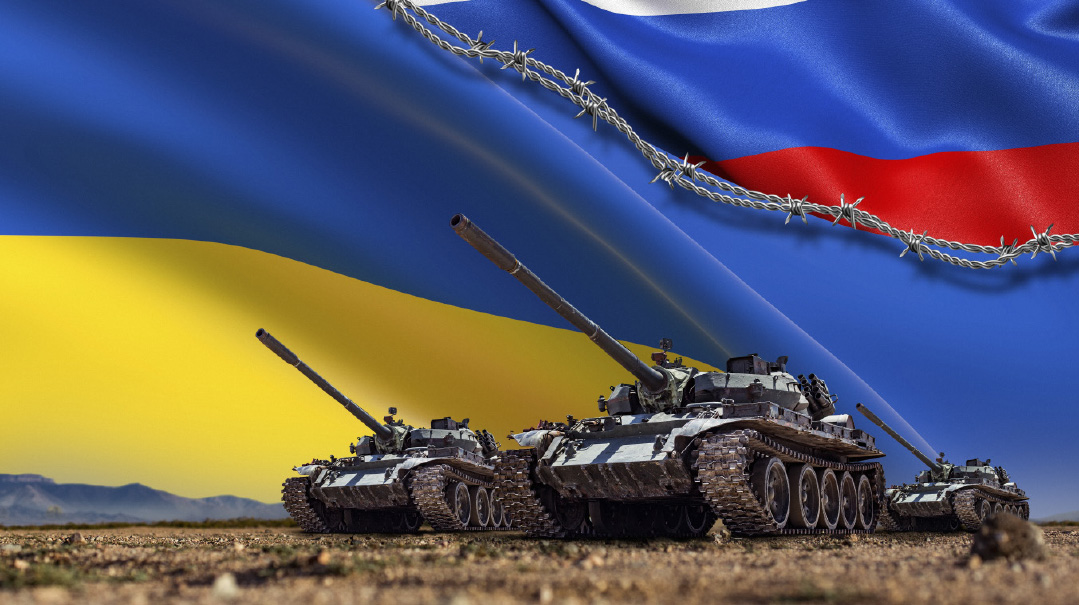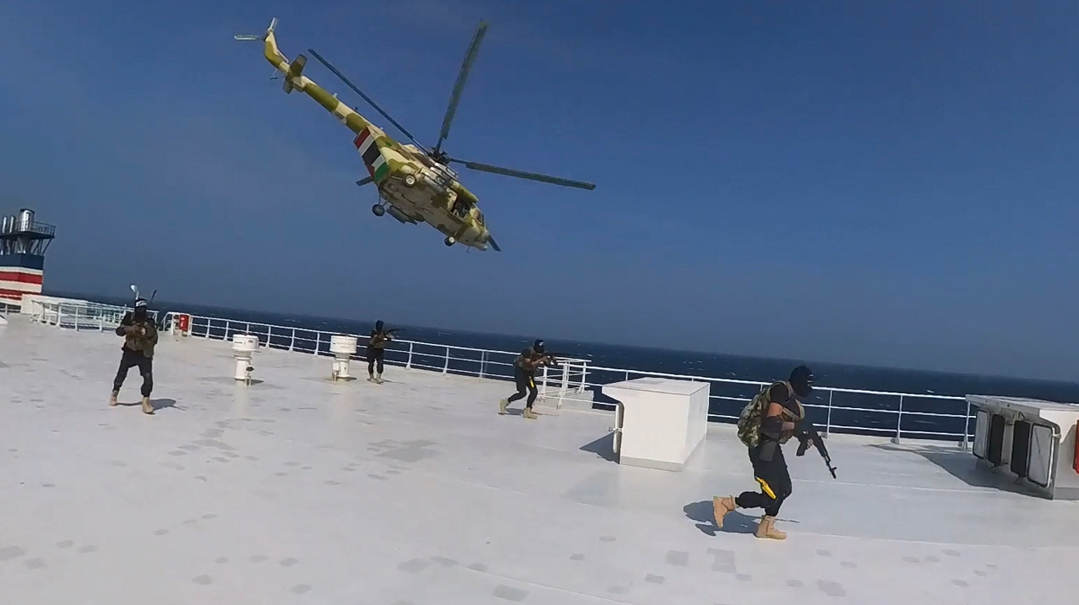Tornadoes — 5 Takeaways

"Luckily, the most dangerous tornadoes, like the ones that occurred recently — classified as EF4 or EF5 — are also the easiest to forecast"

Last week, more than 100 people were killed as horrific tornadoes plowed through the South and Midwest. Arizona State University professor Randall Cerveny, who serves as rapporteur on extreme weather records for the UN World Meteorological Organization, gave Mishpacha a primer on tornadoes. Here are five takeaways.
- A thunderstorm turned sideways. “A tornado is a spinning vortex of air that is formed when a horizontal spinning flow of air in a thunderstorm is pushed into a vertical position. Tornadoes only occur with the most severe thunderstorms.”
- Incredibly strong and destructive. “Rapidly spinning air, as found in a tornado, can lift even heavy objects and throw them into things. For example, a tornado can lift cars and toss them into buildings and other objects. Tornadoes are ranked by the strength of their winds. We have estimated the winds to be in excess of 300 miles per hour in the highest-ranked tornadoes (EF5).”
- Deadly but rare. “Tornadoes are some of the most dangerous phenomena in weather. Luckily they are fairly rare. The entire world usually only experiences around 1,200 tornadoes a year, and 80% to 90% of those tornadoes occur in the US and Canada. That is because the middle part of North America can produce the perfect set of conditions necessary for severe thunderstorm and tornado production — hot air from the Southwest meeting cold air from Canada, with warm moist air being pushed up from the Gulf of Mexico. Those three things are important factors in formation of severe thunderstorms and tornadoes.”
- Possibly linked to climate change. “They are being affected by climate change, but the interaction of climate change with small-scale phenomena like tornadoes is difficult to specifically identify. Some researchers believe that fall outbreaks of tornadoes, like we have just seen, may be linked to climate change.”
- Awareness saves lives. “When you hear a tornado warning, take immediate shelter in the center of the building you’re in, putting as many walls between you and the tornado as possible. Try to get to the lowest floor — hopefully, a basement, in the smallest room, like a closest or bathroom.
“Luckily, the most dangerous tornadoes, like the ones that occurred recently — classified as EF4 or EF5 — are also the easiest to forecast. We can generally warn people 20 to 30 minutes ahead of time that they are coming. However, that depends on people being able to hear the warnings. Many of the people who were killed in the recent tornado outbreak did not have warning simply because they didn’t hear it — they were sleeping, or, as in the case of the Amazon distribution center in Kentucky, working at 2 a.m.”
Bipartisan Biden
Oh, the long-lost glories of a kinder, bipartisan age! Joe Biden indulged this week in a eulogy-cum-wistful reminisce about his departed senatorial colleague Bob Dole, marking not just the senator’s passing but that of an age of gentlemanly lawmaking.
“He asked me on his death bed whether I would do his eulogy,” said the president. “We were friends. We disagreed, but we were friends. We used to have an awful lot of that relationship.
“It still exists,” he continued, “except that the QAnon and the extreme elements of the Republican Party makes it awful hard.”
We’ve been down this route before, notably with the passing of John McCain. And although there is much to lament in the rise of partisan shoutiness, Biden’s identification of the problem was a touch… partisan.
How to put this delicately? The president seems to have forgotten the bigotry and crankiness of the Democrats’ far left. People who want to defund police or defund the Iron Dome because it protects Israel tend to inhibit bipartisanship, especially when said far-leftists hold the White House hostage.
In eulogizing political amity, the president would do well to remember the classical political dictum: It takes two to be bipartisan.
Dead Cats
Journalists who make it to the top of politics have an Achilles heel: Any previous copy can be used against them.
It’s a lesson that Boris Johnson relearned this week, after allegations that Downing Street staff — and possibly Johnson himself — had broken their own lockdown rules last December to throw a party disguised as a working meeting.
So when the prime minister suddenly announced new restrictions due to the rise of the Omicron Covid variant, reporters swiftly accused him of employing the “Dead Cat Strategy.”
A term promoted by Australian political strategist Lynton Crosby — who has advised Boris — it means diverting attention from an awkward moment by introducing a sensational topic — the proverbial dead cat on the table.
In vain, Johnson protests that this time there is indeed a dead feline on the table. Aha, responds the media — there goes the boy who cried cat!
History Desk
Our mesorah teaches that Jews first came to Germany during the days of the Bayis Sheini. But in blissful ignorance of that tradition from the Maharil, the Bavarian government has marked 2021 as 1700 years since the first Jewish settlement in the region. The year 321 CE is when Emperor Constantine the Great permitted Jews to join the town council, or curia, in Cologne. Whatever happened to the archaeological evidence from the previous three centuries is beside the point — Europe isn’t called the Old World for nothing.
—Gedalia Guttentag.
(Originally featured in Mishpacha, Issue 890)
Oops! We could not locate your form.






